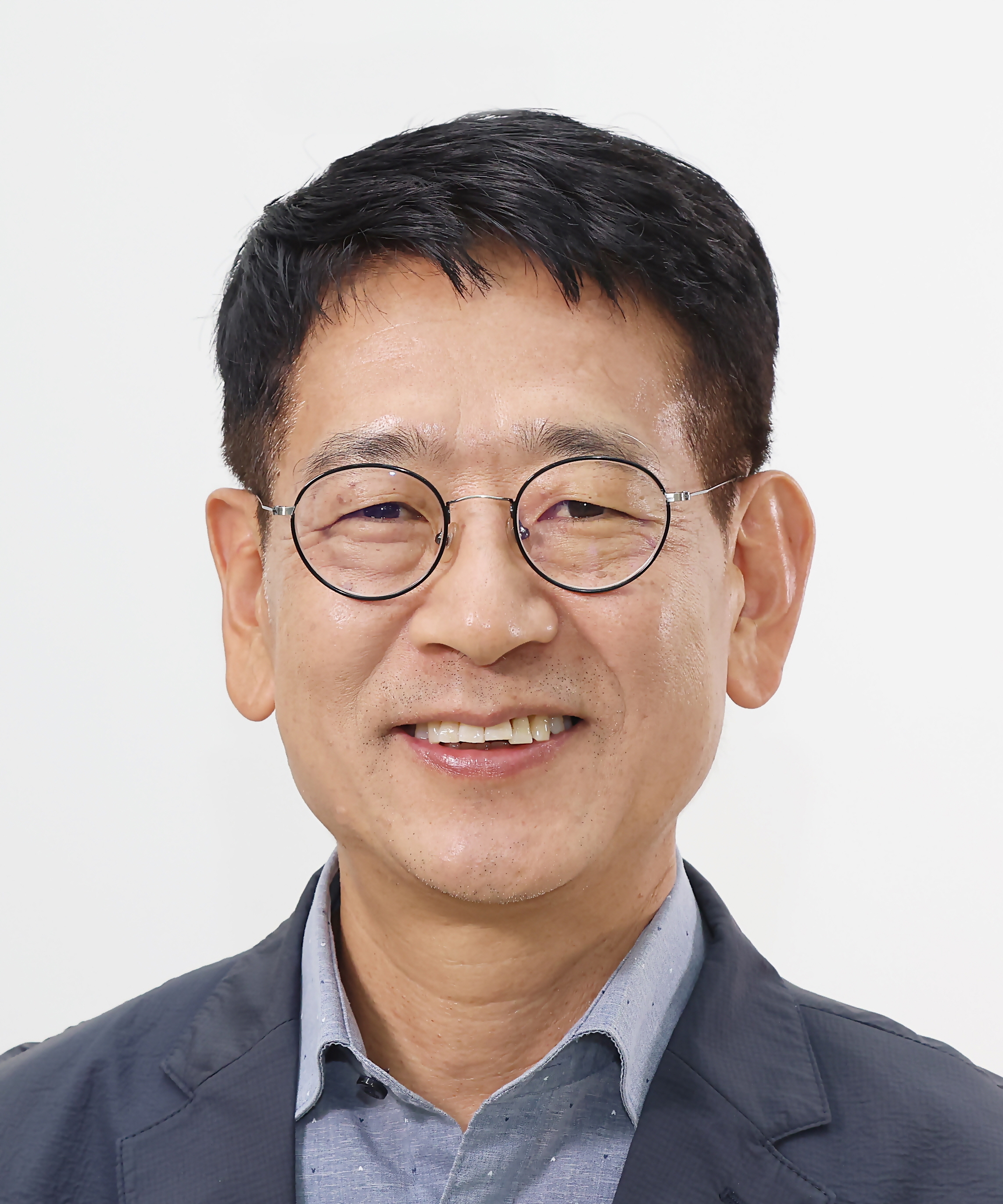
- Astringent persimmon Industry Trends in Japan
-

-
Astringent persimmon is a major fruit produced in Japan after tangerine, apple and pear. The cultivation area, however, has been decreasing each year and in 2008, 266,600tons of persimmons were produced on 23,000 ㏊ of land. Major production regions are Wakayama Prefecture (20.2%), Nara Prefecture (10.9%), Fukuoka Prefecture (7.8%), Gifu Prefecture (6.2%), Fukushima Prefecture (6.0%), and Aichi Prefecture (5.5%). These six prefectures account for 56.6% of total national output.
As dried astringent persimmon production increased in Japan, the amount of imported dried Astringent persimmons has been declining sharply since 2005. As of November 2009, the cumulative amount of dried astringent persimmons imported to Japan stood at 661 tons. In the 1990s, Korea exported twenty to sixty tons of astringent persimmons to Japan annually. But since the beginning of 2000s, astringent persimmon exports are almost nonexistent due to low-priced Chinese astringent persimmons.
In Japan, dried astringent persimmons are used for ancestral rites on New Year's Day and other holidays. The fruit is sold the most from December to January and is consumed in various ways as snacks. The fruit is popular among old generations, and its consumption is on an increasing trend. However, the demand is low among younger age groups.
Thanks to advancement of storage technology and development of air-tight containers and oxygen absorbants, dried persimmons with tender texture are put on the market, and the preference for dried astringent persimmons with less seeds is high. As for the color and size, rather deep red persimmons are popular and 2L and L sizes are preferred.
Since the agricultural cooperative Nonghyup(JA) educates farmers with guidelines and manages the cultivation process, quality and safety management from cultivation to harvesting is performed relatively well. In the meantime, the share of farms processing astringent persimmons for shipment to Nonghyup(JA) had been high. However, due to the aging of farmers and labor shortage, Nonghyup(JA) has recently taken over the function of processing astringent persimmons in addition to merchandising the processed products. Since it has become possible for Nonghyup(JA) to process astringent persimmons on a one-stop basis from sorting, peeling, drying, and packaging to low-temperature storing, the delivery rate was improved and the whole process including quality and safety management and merchandising is done systematically.
In order to secure a stable supply of raw materials and build up a quality management system, Nonghyup(JA) needs to work closely with farmers and provide them with personalized technology guidance. In order to improve merchandising and marketing in response to the aging of farmers and labor shortage, it is highly necessary to support Nonghyup(JA)'s distribution centers in major production areas and induce their systematization and specialization. A strict quality management system should also be introduced to make the merchandising process sensible and transparent.
Korea's sliced-dried astringent persimmons are seedless and convenient to eat, and the product is appraised to have the power to create new demand both in Korea and Japan. Accordingly, it is necessary to carry out marketing and PR activities more aggressively. Although the sliced-dried persimmons are little expensive, the product is appraised to be high in sugar content and quality, and capable of creating new demand by upgrading the product and targeting the upscale market in Japan. In order to create new demand in Japan, more efforts should be made for quality and safety management, packaging, and entry into distribution channels.
Researchers: Kyung-Phil Kim, Hyun-Deok Seok
E-mail address: kkphil@krei.re.kr -
목차
-
제1장 일본 국가 개요
제2장 일본 감 생산 동향
제3장 산지유통 실태
제4장 곶감 가격 및 품질
제5장 유통 구조
제6장 소비 및 상품화 동향
제7장 한국산 감 가공제품 수출가능성
제8장 시사점
요약문
Astringent persimmon is a major fruit produced in Japan after tangerine, apple and pear. The cultivation area, however, has been decreasing each year and in 2008, 266,600tons of persimmons were produced on 23,000 ㏊ of land. Major production regions are Wakayama Prefecture (20.2%), Nara Prefecture (10.9%), Fukuoka Prefecture (7.8%), Gifu Prefecture (6.2%), Fukushima Prefecture (6.0%), and Aichi Prefecture (5.5%). These six prefectures account for 56.6% of total national output.
As dried astringent persimmon production increased in Japan, the amount of imported dried Astringent persimmons has been declining sharply since 2005. As of November 2009, the cumulative amount of dried astringent persimmons imported to Japan stood at 661 tons. In the 1990s, Korea exported twenty to sixty tons of astringent persimmons to Japan annually. But since the beginning of 2000s, astringent persimmon exports are almost nonexistent due to low-priced Chinese astringent persimmons.
In Japan, dried astringent persimmons are used for ancestral rites on New Year's Day and other holidays. The fruit is sold the most from December to January and is consumed in various ways as snacks. The fruit is popular among old generations, and its consumption is on an increasing trend. However, the demand is low among younger age groups.
Thanks to advancement of storage technology and development of air-tight containers and oxygen absorbants, dried persimmons with tender texture are put on the market, and the preference for dried astringent persimmons with less seeds is high. As for the color and size, rather deep red persimmons are popular and 2L and L sizes are preferred.
Since the agricultural cooperative Nonghyup(JA) educates farmers with guidelines and manages the cultivation process, quality and safety management from cultivation to harvesting is performed relatively well. In the meantime, the share of farms processing astringent persimmons for shipment to Nonghyup(JA) had been high. However, due to the aging of farmers and labor shortage, Nonghyup(JA) has recently taken over the function of processing astringent persimmons in addition to merchandising the processed products. Since it has become possible for Nonghyup(JA) to process astringent persimmons on a one-stop basis from sorting, peeling, drying, and packaging to low-temperature storing, the delivery rate was improved and the whole process including quality and safety management and merchandising is done systematically.
In order to secure a stable supply of raw materials and build up a quality management system, Nonghyup(JA) needs to work closely with farmers and provide them with personalized technology guidance. In order to improve merchandising and marketing in response to the aging of farmers and labor shortage, it is highly necessary to support Nonghyup(JA)'s distribution centers in major production areas and induce their systematization and specialization. A strict quality management system should also be introduced to make the merchandising process sensible and transparent.
Korea's sliced-dried astringent persimmons are seedless and convenient to eat, and the product is appraised to have the power to create new demand both in Korea and Japan. Accordingly, it is necessary to carry out marketing and PR activities more aggressively. Although the sliced-dried persimmons are little expensive, the product is appraised to be high in sugar content and quality, and capable of creating new demand by upgrading the product and targeting the upscale market in Japan. In order to create new demand in Japan, more efforts should be made for quality and safety management, packaging, and entry into distribution channels.
Researchers: Kyung-Phil Kim, Hyun-Deok Seok
E-mail address: kkphil@krei.re.kr저자정보
저자에게 문의
구매안내
KREI의 출판물은 판매 대행사 (정부간행물판매센터)와 아래 서점에서 구입 하실 수 있습니다.
판매대행사
- (주)정부간행물판매센터http://www.gpcbooks.co.kr사이트 바로가기
- 서울특별시 중구태평로 1가 25번지
- TEL 02) 394-0337, 734-6818
- FAX 02) 394-0339
판매서점
판매서점 교보문고 http://www.kyobobook.co.kr/ 영풍문고 http://www.ypbooks.co.kr/ 알라딘 http://www.aladin.co.kr/ 활용도 정보
활용도 정보 상세정보 조회 좋아요 다운로드 스크랩 SNS공유 52188 1 47 0 4 - 같은 분야 보고서가 없습니다.
- 같은 분야 인기 보고서가 없습니다.
의견남기기
-


